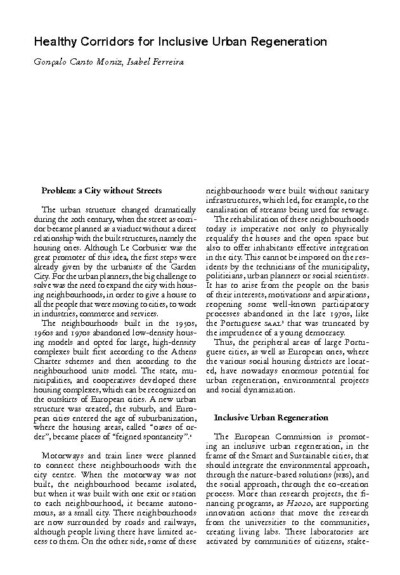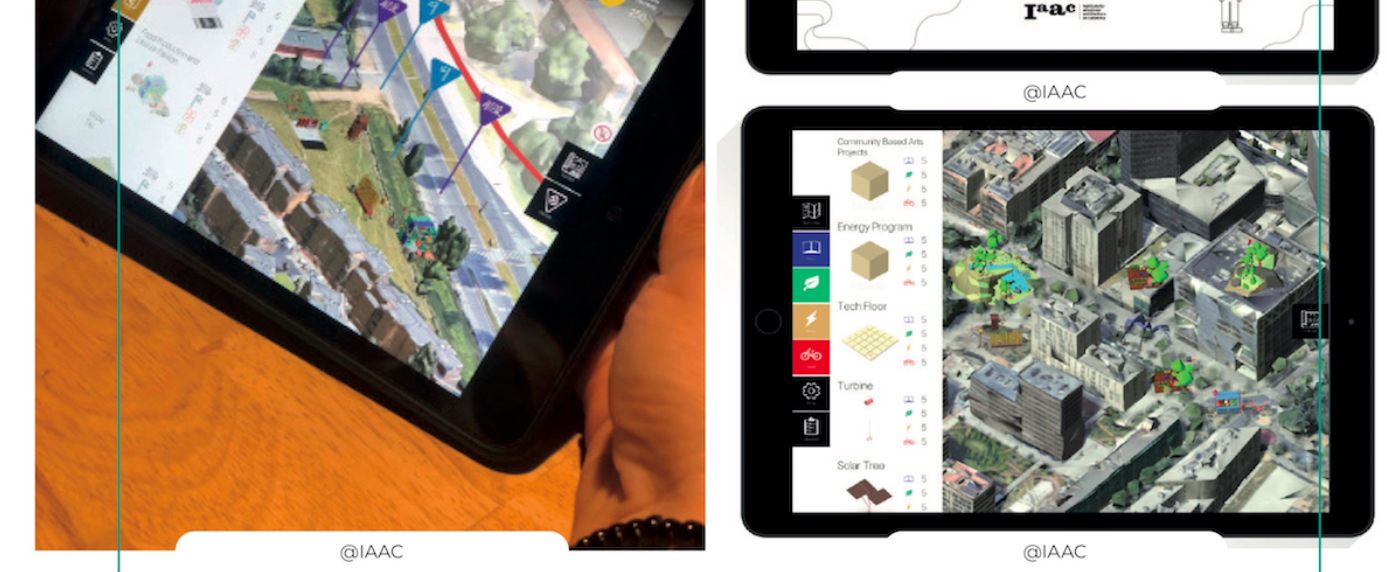Addressing opportunities and challenges in relation to co-creation, digital enablers and NBS
Digital enablers offer numerous advantages and opportunities to boost processes of co-creation involving citizens and other stakeholders. These include better access to sections of the population that are otherwise hard to reach, enhanced capacity for broad representativeness of neighbourhood populations in co-creation activities, and scope for targeting specific groups or individuals.
The ubiquity of digital devices and services, and the speed with which information moves, is such that they have the potential to reach and engage a far greater number of citizens/users far faster than is the case when limited to traditional means of engagement (face-to-face meetings). Digital enablers are also characterised by their flexibility, adaptability to local conditions, and interactivity.
When developed and used properly they can function as useful channels of communication and exchange between sections of the population that are considered to be particularly important to reach. They can also be devised to help motivating learning, deepening core skills, widening perspectives, or overcoming misunderstandings and sources of conflict.
But digital enablers also come with downsides and risks. For example, the process of engaging citizens in processes of co-creation can have counterproductive effects, e.g. by focusing participants’ attention on short-term, popular (or “populist”) motives while casting aside “harder-cooked” trade-offs and systemic aspects. The introduction of digital enablers can also come with additional costs, some related to technology and materialising upfront, others more indirect. Meanwhile, users may be negatively affected by information overload, fatigue, mismatches between technical requirements and user skills, and so forth.
For these reasons, digital enablers as a panacea for issues that cannot be addressed face-to-face or by other, more traditional forms of engagement. Their successful application makes serious preparatory diagnostic of local conditions all the more important. The objective of interventions, strategy, deliberation of risks and mitigation, and assurance of the ability to execute. In some cases, it may be preferable to refrain from using digital enablers in the first place, in others, their use may be blended with non-digital means.
Various approaches to co-creation and digital enablers are discussed in the recent URBiNAT report, Portfolio of Purposes, Methods, Tools and Content: Forming Digital Enablers of NBS, namely a challenges/solutions-driven approach, and an identity/strength-based approach. With the former, the co-creation process relates to established lessons of pedagogy and practical training on the effectiveness of reinforcing positive experiences and driving forces.
This starts out with an assessment of the neighbourhood identity, attitudes, and values. A Community of Interest (CoI) is identified with reference to existing positive connotations in the neighbourhood which citizens share an interest in fortifying and building upon to resolve particular issues/for a specific purpose. Digital enablers are important online platforms to gather and find opportunities for solutions.
With the second, challenges/solutions-driven approach, the focus is on common and key challenges of utmost importance when it comes to developing NBS. The intention is to work with citizens and other relevant stakeholders in physical and/or digital workshops to identify challenges, and then select one or two to be addressed through initiatives involving citizens with the support of digital enablers. At the second stage of this co-creation process, the selected challenge(s) are to be carefully assessed and connected to a portfolio of solutions whereby workshop participants are engaged in teams linked to specific solution(s). In the next stage, the teams are to present their respective outcomes and the most viable solution(s) will be selected for piloting and implementation.
Examples of the two approaches put in practice
URBiNAT works concretely to operationalise these approaches on the ground. With regards to the strength- or asset-based approach, a specific kind of CoI, targeted in several of the participating cities, centres on the appreciation of NBS generating local food items. These may take the shape of fruit-trees or plantations of vegetables, mushrooms or herbs, especially when representing an untapped source of bonding. Digital enablers under development utilise participatory geographical information systems, inspiring citizens to collaborate in identifying and sharing edible items within their neighbourhood, as well as how to apply them in support of health and community benefits.
The challenge/solutions-based approach is built upon to address socio-economic aspects by shaping a sharing platform for service providers and service seekers in the study area. The aim is to empower talent and get things done in response to outstanding issues. Through the associated participatory processes, it has become evident that many citizens are in demand of assistance with small tasks while – at the same time – plenty of citizens harbour skills that are currently unused, but which can be activated in this context. The absence of a matching space commonly keeps such demand and supply separate. Applying the platform economy concept, URBiNAT is in the process of preparing structured experimentation in adopting means such as time banks, local currencies, etc., in support of new business models, entrepreneurship and social innovation around combined service and jobs development on the ground.
CLICK HERE to read the other articles in this blog series
Download the full report
D3.3: Portfolio of Methods, Tools and Content - Forming Digital Enablers of NBS
This deliverable has been framed for the objective of collecting and structuring information as a basis for enhanced understanding of how to apply so-called “digital enablers” to support the co-creation process around NBS and healthy corridors in URBiNAT cities, and to draw wider lessons thereof. Despite the opportunities offered by digitalisation, as observed in ambitious plans for the development of smart cities, urban planners continue to struggle in addressing serious outstanding issues, including fragmentation and lack of engagement by disadvantaged groups. Although the application of Information and Communication Technologies (ICT) will not by itself resolve these issues, the constructive application of digital enablers can be greatly helpful. Building on the experience at hand and linking to the evolving experience of URBiNAT cities, this report sets out to cast new light on ways forward in this respect. The audience includes members of the URBiNAT project along with others interested in the project and lessons on how to address the issues at hand.
Comments welcome!
Welcome to raise comments, suggestions and questions here. We are curious to learn about your views and experiences, for example related to the following questions:
- What are the key opportunities and challenges of digital enablers that you see?
- What is your view or experience of the challenges/solutions-driven approach and the identity/strength-based approach, and on what is key for either to make a real difference on the ground?





